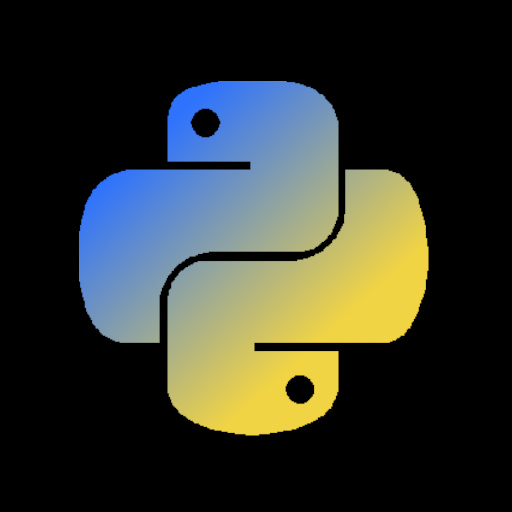

Looking forward to TYPE_CHECKING without import typing.


Looking forward to TYPE_CHECKING without import typing.


I use borg backup. It, and another tool called restic, are meant for creating encrypted backups. Further, it can create backups regularly and only backup differences. This means you could take a daily backup without making new copies of your entire library. They also allow you to, as part of compressing and encrypting, make a backup to a remote machine over ssh. I think you should start with either of those.
One provider thats built for being a cloud backup is borgbase. It can be a location you backup a borg (or restic I think) repository. There are others that are made to be easily accessed with these backup tools.
Lastly, I’ll mention that borg handles making a backup, but doesn’t handle the scheduling. Borgmatic is another tool that, given a yml configuration file, will perform the borgbackup commands on a schedule with the defined arguments. You could also use something like systemd/cron to run a schedule.
Personally, I use borgbackup configured in NixOS (which makes the systemd units for making daily backups) and I back up to a different computer in my house and to borgbase. I have 3 copies, 1 cloud and 2 in my home.
If youre on windows, mremoteng is very comprehensive: https://mremoteng.org/


Its all local. Ollama is the application, deepseek and llama and qwen and whatever else are just model weights. The models arent executables, nor do the models ping external services or whatever. The models are safe. Ollama itself is meant for hosting models locally, and I dont believe it even has capability of doing anything besides run local models.
Where it gets more complicated is “agentic” assistants, that can read files or execute things at the terminal. The most advanced code assistance are doing this. But this is NOT a function of ollama or the model, its a function of the chat UI or code editor plugin that glues the model output together with a web search, filesystem, terminal session, etc.
So in short, ollama just runs models. Its all local and private, no worries.
Tinkering, really. I did a bunch of stuff with wine and virtualization and troubleshooted across versions. One time I manually updated the version of sqlite in python’s std lib to be a newer version. I picked a non LTS kernel once. All these things compounded and bloated my system. And when I went to do clean up, I didnt have a record of exactly everything I installed, what I used and what I didnt. It was guesswork to clean up my disk or even remember the tools I used to get a project working.
This is solved with declarative configuration, which is the basis of NixOS. I believe VanillaOS 2 has something similar. Likewise, this is one the great benefits of docker, vagrant, ansible, etc.
NixOS. My primary reason for switching was wanting a single list of programs that I had installed. After using ubuntu for 5 years I just lost track of all the tools and versions of software that I had installed…and that didnt even count my laptop. Now all my machines have a single list of applications, and they are all in sync.


Yeah, you’re totally right.
All image processing happens locally.
And then it mentions that you can just open the index.html directly, which means it uses clientside javascript or wasm and runs on the browser. You are correct!
On the topic of word choice, you might be right. Save or open might be better.


Just because its run locally, doesnt mean it still isnt a web server. The software could run anywhere and be accessed over the network. The image optimization happens at the server, so download and upload are more accurate.
IMO I think most financial institutions can see or acquire a lot of transactional data, so I just pick one bank (who already knows everything I spend) have a credit card with them, and use it. My bank also allows making virtual cards, so I opt for it over privacy.com.
Love him. His lego island port has been a pleasure to watch.
I use borg the same way you describe. Part of my nixos config builds a systemd unit that starts a backup on various directories on my machine at midnight every day. I have 2 repos: one to store locally and on a cloud backup provider (borgbase) and another thats just stored locally. That is, another computer in my house. That local only is for all my home media. I havent yet put the large dataset of photos and videos on the cloud or offsite.
Really looking forward to this:
Making pro-quality text got easier, too. Style your text, apply outlines, shadows, bevels, and more, and you can still edit your text, change font and size, and even tweak the style settings.


Dont delete the gmail. As much as I want to move on…i still remember the occassional account tied to my gmail, and Im so, so thankful I can still get whatever notification, reset password, etc. I dont know when I’ll feel comfortable deleting it. As long as Im getting emails, I can at least use it to reference what accounts still need to be moved over.
So despite “moving” emails I kind of just added one. But not a big deal, and the safety net is nice.


The double of typst and latex math parsing is great. Im excited for more people to adopt typst.
If you use conda, I suggest using pixi as a project manager. It has lock files which will fix dependencies, and it can activate your enviroments with scripts and variables defined in your pyproject.toml. It has been so much better than using conda directly: https://pixi.sh/